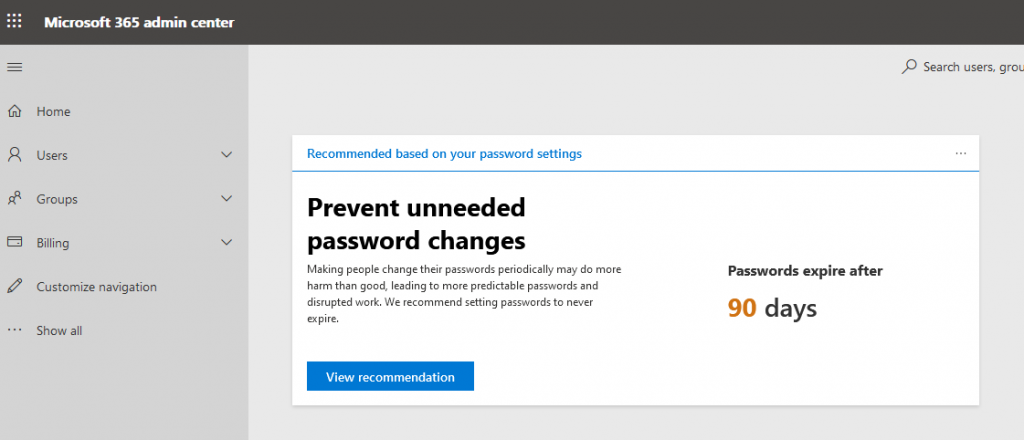Reading Microsoft’s publication about their impact from the SolarWinds hack, I see the potential for additional (unknown) attack vectors. Quoted from MS:
“We detected unusual activity with a small number of internal accounts and upon review, we discovered one account had been used to view source code in a number of source code repositories. The account did not have permissions to modify any code or engineering systems and our investigation further confirmed no changes were made. These accounts were investigated and remediated.”
While the potential for attackers to have read something that provides them some sort of insight is obvious, the less obvious scenario would be the SolarWinds attack having obtained credentials with write access elsewhere. Worst case, even inserting another attack vector as was done in the SolarWinds attack. That’s a good reason to establish firewalls with least-required access (i.e. nothing can get to any destination on any port unless there’s a good reason for that access) instead of the internally wide open connectivity that I’ve seen as the norm (even in places with firewall rules defined, I’ve seen servers where either everything is allowed or low ports are blocked but >1024 is opened).
